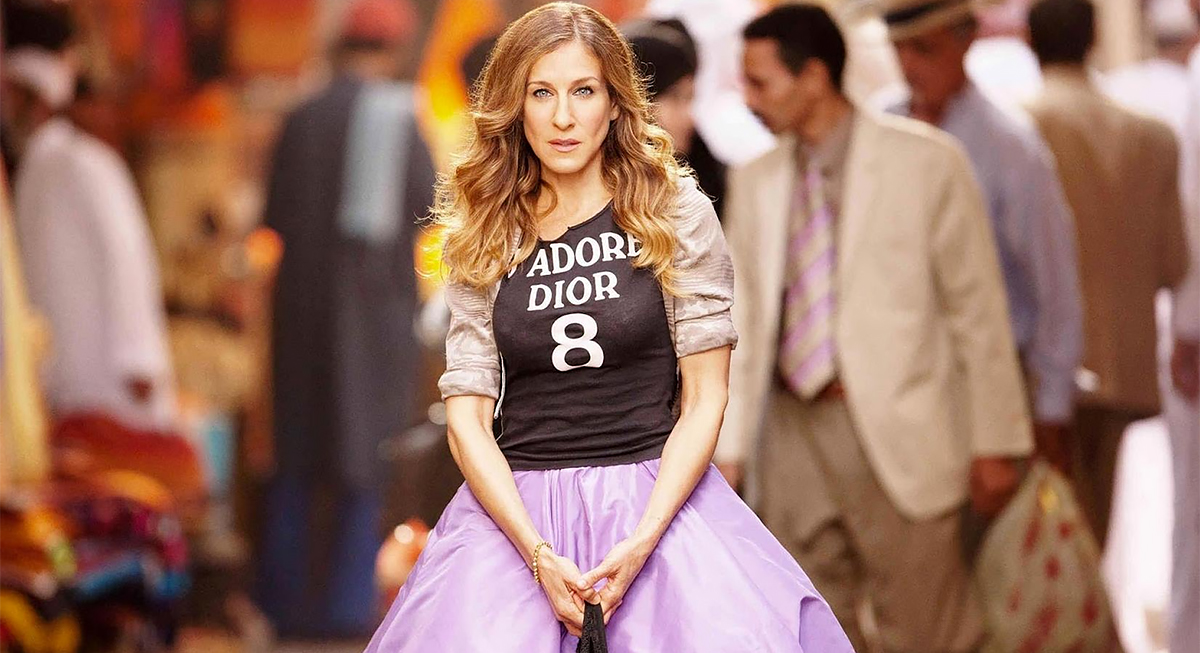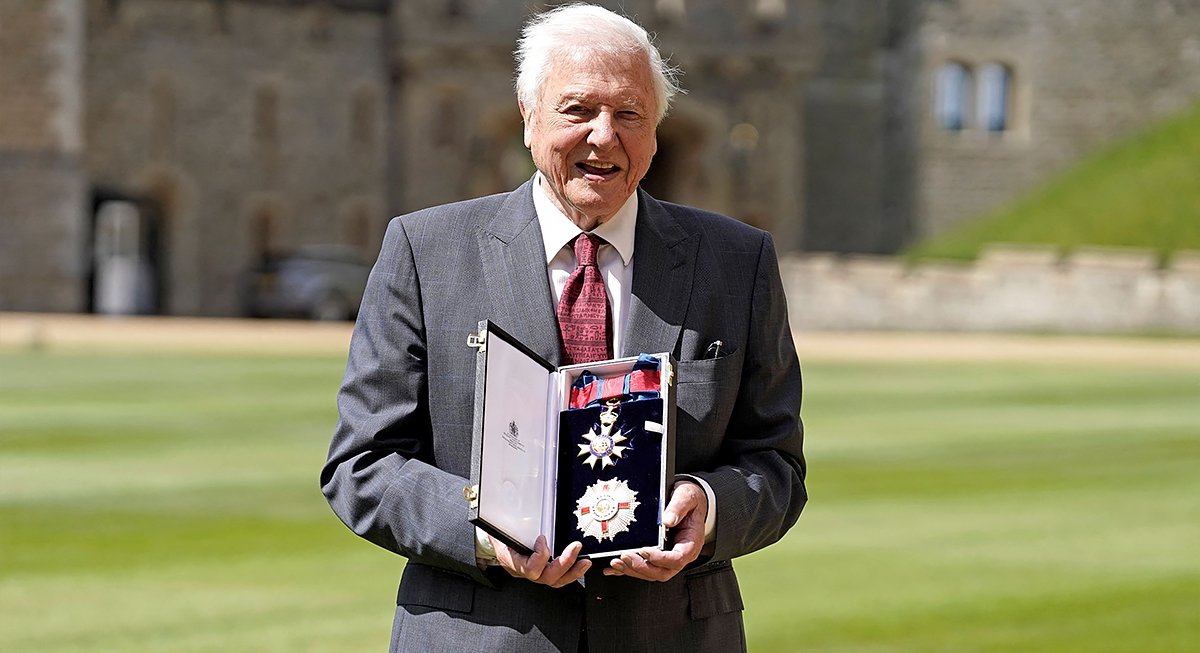Things have definitely shifted since 1999 in the way we talk to each other, meet new people, get our jobs done, and unwind after work. Tech, habits, and daily routines have all moved in directions that would’ve been tough to predict back then. Here’s a closer look at what’s changed and how it’s reshaped everyday life.
Smartphones Became Essential
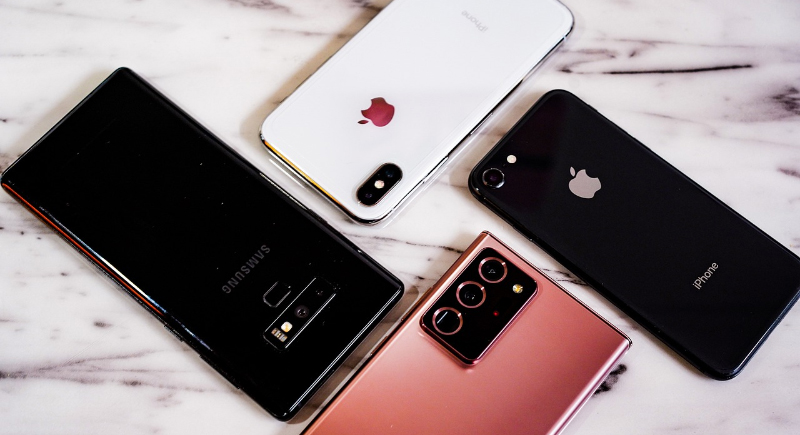
Credit: pixabay
In 1999, cell phones mostly made calls and maybe played "Snake." By 2007, the iPhone was launched and revolutionized everything. As of the current age, over 85% of Americans own a smartphone. People check them about 144 times a day, using them for work, shopping, dating, and even as flashlights or pedometers.
Streaming Killed the DVD
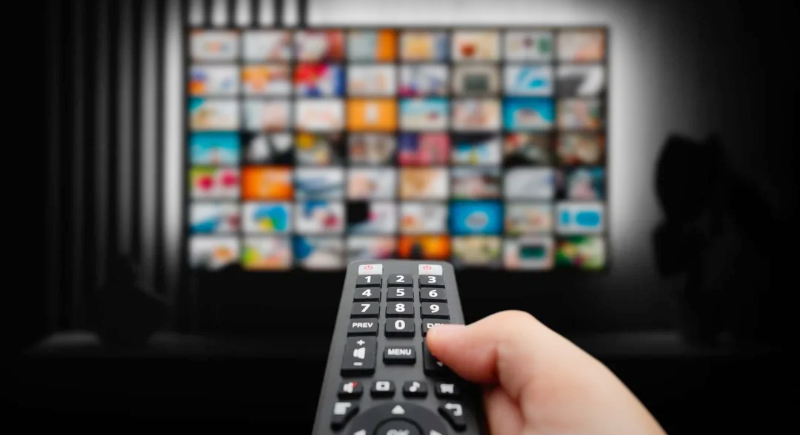
Credit: Reddit
In 2004, Blockbuster had over 9,000 stores worldwide. But as of 2025, there’s only one, and it’s in Oregon. Streaming platforms like Netflix, which started by mailing DVDs, became the default way to watch. Over 78% of U.S. households paid for at least one streaming service in 2014.
Social Media Took Over Our Lives
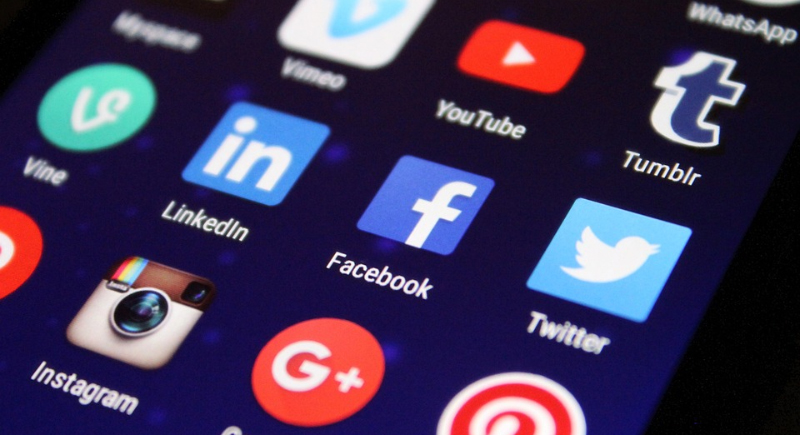
Credit: pixabay
Social networking in those days meant emailing or using AOL Instant Messenger. By 2004, Facebook arrived. Instagram and TikTok followed. These days, people spend an average of 2 hours and 31 minutes daily on social media. Platforms influence everything from elections to fashion trends—and sometimes even break news faster than CNN.
Online Dating Became Normal
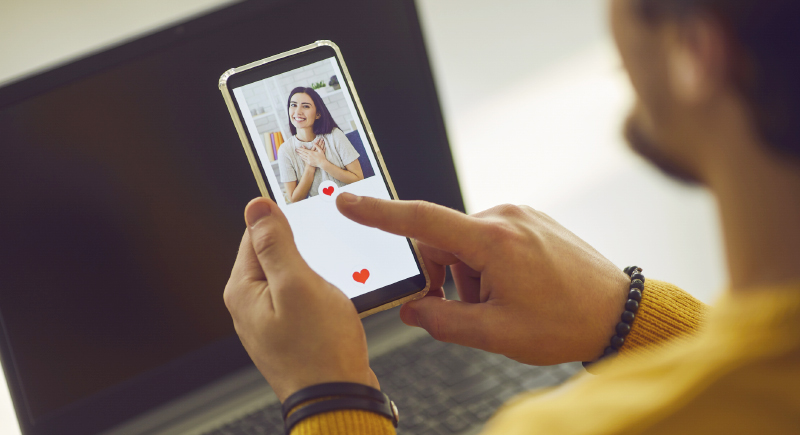
Credit: iStockphoto
Meeting someone online used to be a punchline. But it’s how most modern couples meet. In fact, a Stanford study found that by 2017, online dating was the most common way U.S. couples connected. Apps like Tinder, Bumble, and Hinge have turned swiping into a major part of modern dating culture.
Work From Home Went Mainstream
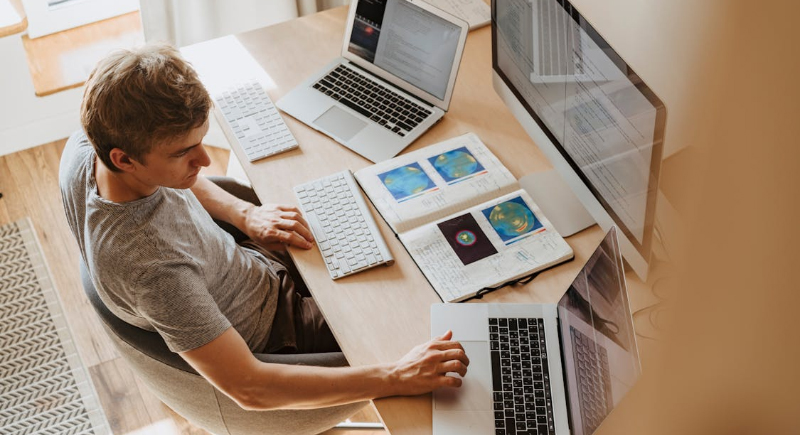
Credit: pexels
Remote work was rare in the late 1990s, mostly for freelancers or techies. Then COVID hit, and suddenly, half the country worked from home. Even after restrictions eased, 28% of U.S. employees still work remotely at least part of the time, according to Gallup’s 2023 data.
Everyone's a Photographer Now

Credit: pexels
Remember carrying disposable cameras or waiting days for film to develop? That ended when phones got decent cameras. And with that change, over 1.8 trillion photos are taken yearly, mostly with phones. Apps like VSCO and editing tools built into phones make photography accessible to everyone with a thumb and a little time.
AI Moved From Sci-Fi to Real Life
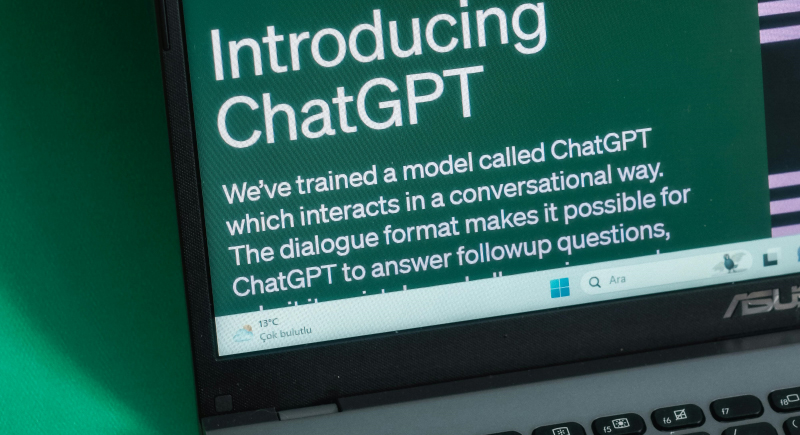
Credit: pexels
Artificial intelligence used to be movie material—remember "The Matrix" in 1999? But AI is now in your phone, car, bank, and even kitchen. Tools like ChatGPT, launched in 2022, generate human-like text. AI also drives recommendations on Netflix, powers Google searches, and helps doctors read X-rays more accurately.
Mental Health Got Way More Attention

Credit: pexels
Talking about therapy or anxiety in 1999 was often met with judgment, but this has seen a refreshing change. The CDC reported that over 22% of U.S. adults received mental health treatment in 2021. Celebs talk openly about struggles, and apps like Headspace and BetterHelp make support easier to find and afford.
Climate Change Became Impossible To Ignore
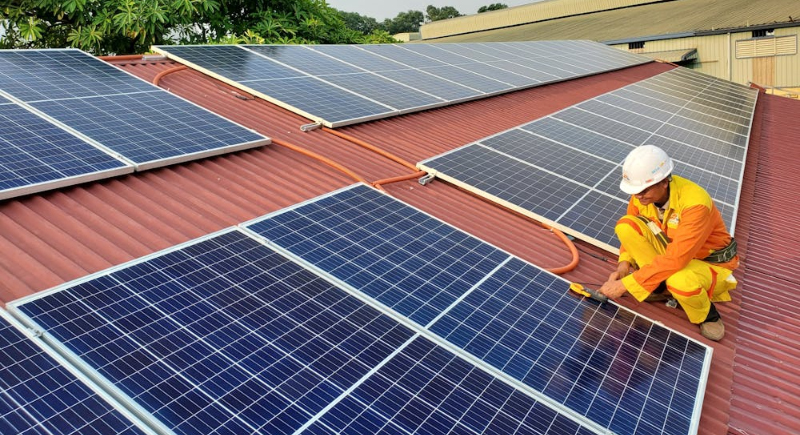
Credit: pexels
Environmental issues were mostly a side conversation in the 1990s. But it’s more obvious than ever how important they were. The U.S. faced 28 billion-dollar weather disasters in 2023 alone. Renewable energy, EVs, and eco-conscious living have moved from fringe ideas to government policy and household habits.
GPS Replaced Paper Maps
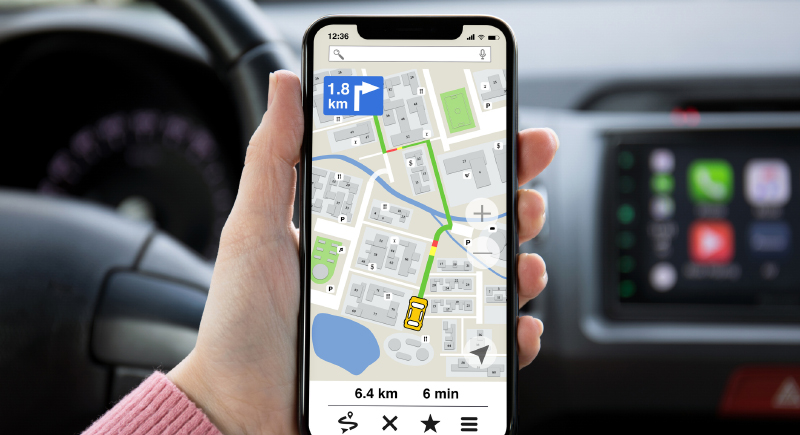
Credit: iStockphoto
Getting lost was part of road trips. Fortunately, GPS apps like Google Maps and Waze direct over a billion users every month. In 1999, most cars didn’t have built-in navigation. Modern drivers, on the other hand, expect real-time traffic, rerouting, and restaurant reviews without ever folding a map.
Reality TV Changed Entertainment
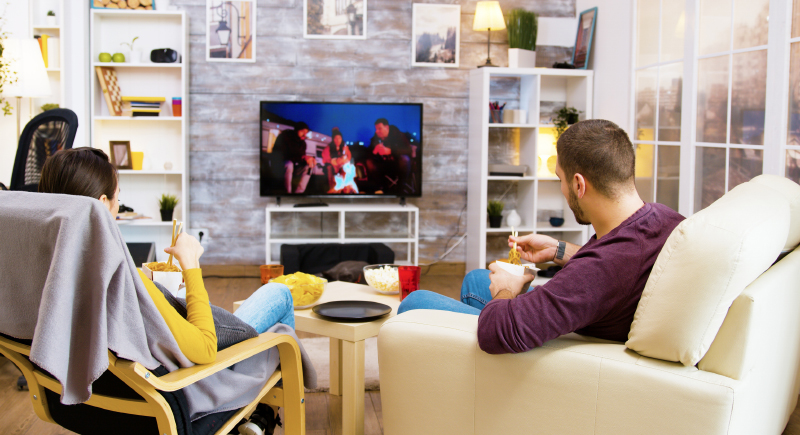
Credit: iStockphoto
"Survivor" hit the air in 2000, and TV hasn’t been the same since. Before that, most reality TV was in the niche. Shows like "Keeping Up with the Kardashians" and "The Bachelor" redefined fame. Streaming made reality TV even bigger—Netflix’s "Love Is Blind" pulled in over 30 million viewers in just weeks.
The Music Industry Went Digital

Credit: iStockphoto
CD sales peaked in 1999. After Napster, though, MP3s and iTunes came, and now it’s all about streaming. Spotify, launched in 2008, reports over 602 million users worldwide. Musicians earn less per stream, but fans get instant access to millions of songs anytime, anywhere, with zero shelf space needed.
Shopping Changed Forever

Credit: pexels
Amazon was mostly a bookstore in 1999. In 2024, it controls about 38% of U.S. e-commerce. One-click ordering, same-day shipping, and online reviews flipped the retail experience. Malls are closing, and brick-and-mortar stores are shifting focus just to stay open. Online shopping is currently a $1.1 trillion industry in the U.S.
Political Arguments Moved Online

Credit: iStockphoto
Debates used to take place around dinner tables or on radio talk shows. Times have changed; if you want to argue now, it must play out on Facebook, X (formerly Twitter), and TikTok. A Pew Research study found that 53% of adults get their political news from social media, which also spreads misinformation faster than fact-checkers can react.
Kids' Toys Got Replaced By Tablets
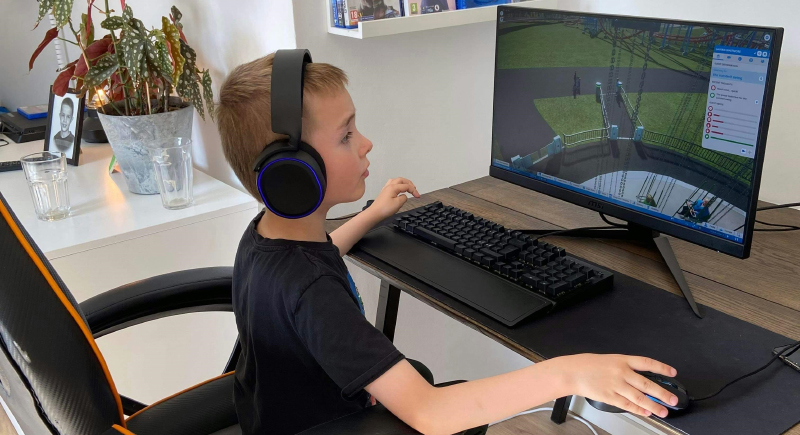
Credit: pexels
Toys like Tamagotchis and Furby were a big deal in the late ’90s. Ever screen time has taken over, the average 8- to 12-year-old spends nearly 5.5 hours a day in front of a screen, says Common Sense Media. Even toddlers are watching YouTube, while toy aisles keep shrinking.


